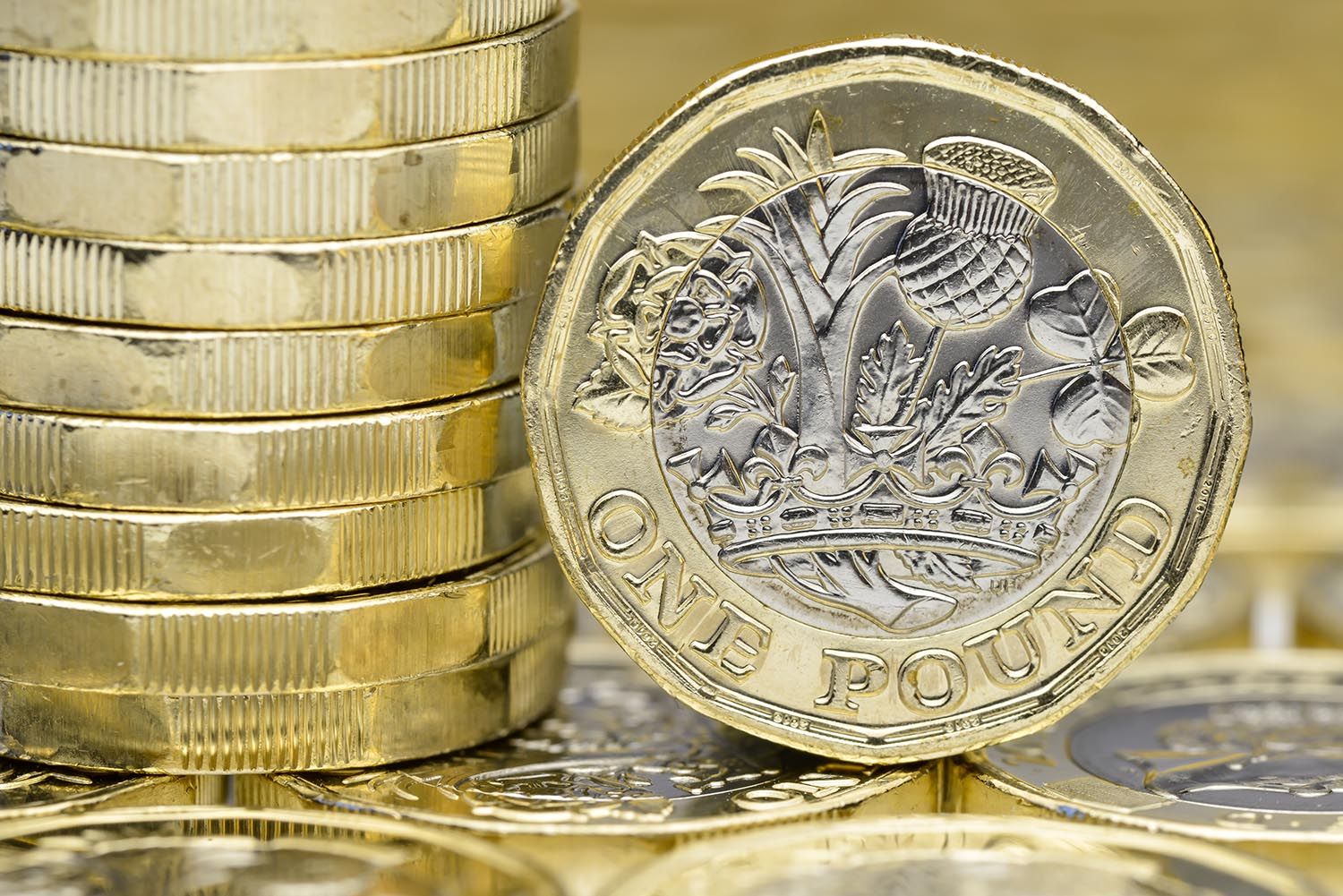
Image © Adobe Images
The Pound to Dollar rate receded further from six-month highs on Friday as Chinese retaliation against US trade tariffs stoked fears of an escalating conflict that led equity markets to some of their largest intraday losses since the onset of the pandemic.
Sterling's losses exceeded 1% going into the London close after it more-than reversed the sharp rally seen previously on Thursday and began eroding a double-barreled layer of Fibonacci supports around 1.2949 and 1.2925 on the charts as declines for major equity indices topped 4% in many cases.
However, this time it was bourses elsewhere underperforming their US peers in a reversal of the relative trend seen previously on Thursday, which led the dollar to rally broadly and many of the higher beta currencies to fall even further than Sterling, with the Australian dollar down 5.1% at its lows.
“Volatility in FX has been completely insane this week and we saw one of our biggest weeks ever on the trading side as volumes are gigantic,” says Brent Donnelly, CEO at Spectra Markets and a veteran FX trader.
“The USD is flying all over the place and we are seeing exactly what one might expect: EUR, CHF, and JPY are strong and AUD, CAD, and EM are weak. That’s standard for a credit and equity meltdown,” he adds.
Above: Pound to Dollar rate at hourly intervals alongside AUD/USD. Click image for closer inspection.
This came after China’s Ministry of Finance said it will levy a 34% tariff on all imports from the US, and that it would also impose restrictions on the export of so-called rare earth metals in response Wednesday's decision by the White House to raise the US tariff on imports from China by an additional 34%, bringing its total levy to some 54%.
The riposte has stoked fears of a counter-response and an escalating confrontation between the world’s two largest economies after President Donald Trump also said from the White House on Wednesday that retaliation by foreign countries over his new levies would simply beget even higher US tariffs.
China’s Commerce Ministry said later, on Thursday, that these “reciprocal tariffs” would merely ensure “reciprocal losses and pain.”
Beijing also sought to encourage the White House to reconsider its policy approach, while warning of its intention to retaliate over the measures.
“The aggressive tariff hikes followed by an invitation to come and negotiate was never going to fare well in China. Trump’s hopes for a TikTok deal using tariffs as a sweetener look like a very long shot at this juncture,” says Lyn Song, chief China economist at ING, in a Friday commentary.
“How other countries will respond to tariff aggression will play a huge role in how things unfold. Many scenarios remain in play. But as for the US and China, while it’s always possible that policymakers could soon come to the table, it looks like until then, a test of endurance is underway,” she adds.
Above: Pound to Dollar rate at daily intervals with Fibonacci retracements indicating possible support levels. Click image for closer inspection.


